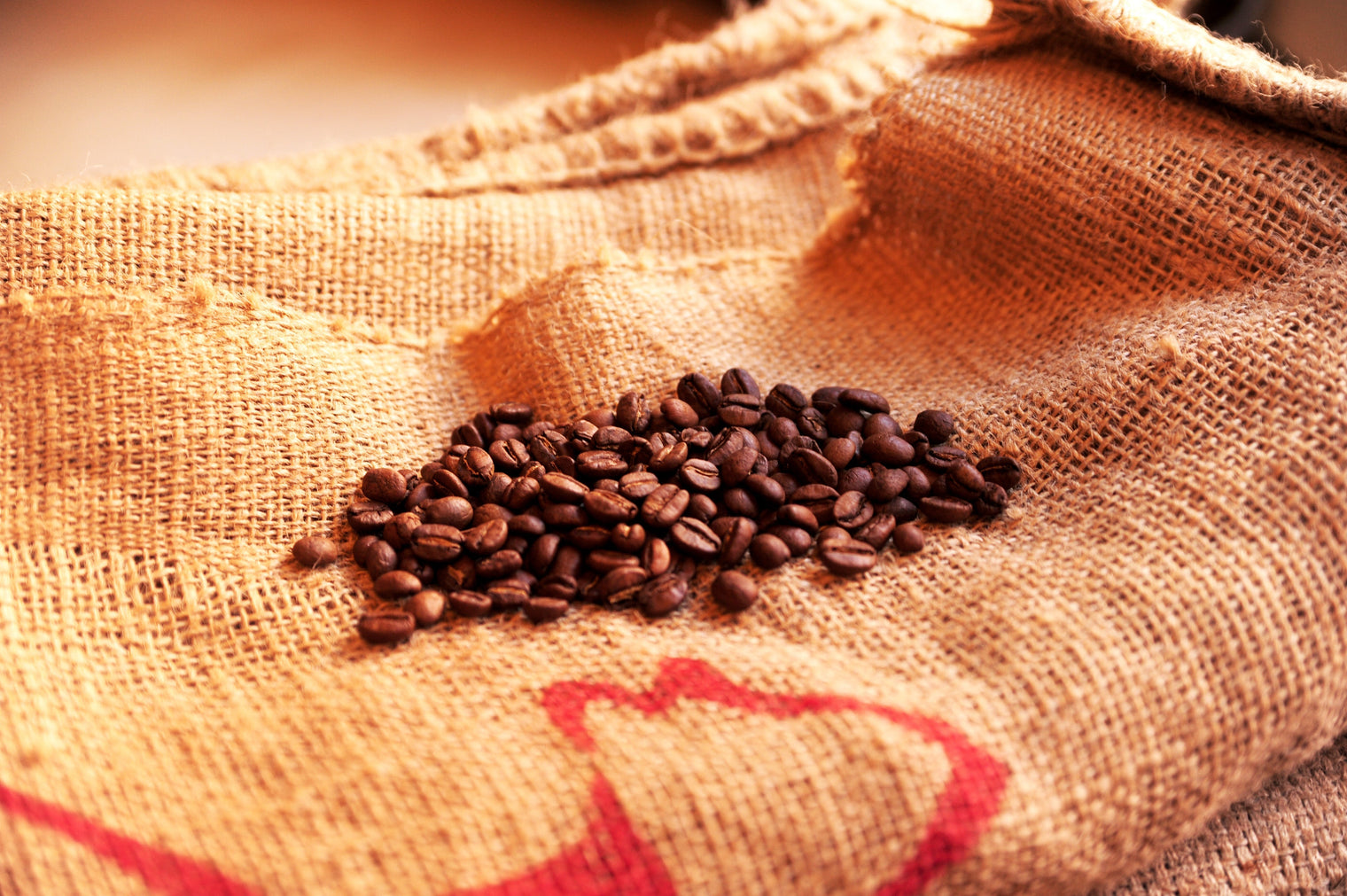The right grind is crucial for the perfect cup of coffee. From coarse for a French press to ultra-fine for espresso, each brewing method requires a specific grind size. A grind that's too fine can make the coffee bitter, while one that's too coarse will result in a watery taste. Experiment with the grind size to get the best flavors from your coffee beans.
The grind size of the coffee is crucial for the extraction and flavor of the final product. Different brewing methods require different grind sizes. Here's a detailed guide to finding the right grind size for your preferred method.
1. Why the grind is important
The grind size determines how quickly the water flows through the coffee and how much flavor is extracted. A grind that's too fine can lead to over-extraction, which makes the coffee bitter, while a grind that's too coarse leads to under-extraction, resulting in weak and watery coffee.
2. Grinding levels for different preparation methods
French Press
For French presses, a coarse grind is ideal, similar to coarse sea salt. This coarse grind allows the water to flow slowly through the coffee, allowing for a consistent extraction over the longer brewing time of 4-5 minutes.
Filter coffee (pour over)
A medium-coarse grind, similar to coarse sand, is perfect for filter coffee. It ensures the water flows evenly through the coffee bed and the flavors are fully extracted, allowing for a brewing time of about 2-3 minutes.
AeroPress
The AeroPress requires a medium-fine grind, similar to table salt. This grind allows for a quick extraction with a short brewing time of about 1-2 minutes, depending on the recipe.
espresso
Espresso requires a very fine grind, similar to fine ground coffee. This fine grind creates a high resistance through which the water is forced under high pressure (9 bar) in approximately 25-30 seconds, resulting in an intense and concentrated cup of coffee.
Moka Pot
A medium-fine grind is ideal for the Moka Pot. This grind allows for a slow extraction under light pressure, resulting in a strong and aromatic coffee.
3. Adjusting the grind
Experiment with the grind size to find the perfect flavor. If the coffee is too bitter, try a coarser grind. If it's too weak or acidic, try a finer grind. Record the settings and results to find the optimal grind size for your beans and brewing method.
4. The right equipment
A high-quality coffee grinder is crucial for maintaining a consistent grind. Burr grinders are preferable, as they grind beans evenly and offer more precise control over the grind size than blade grinders.




